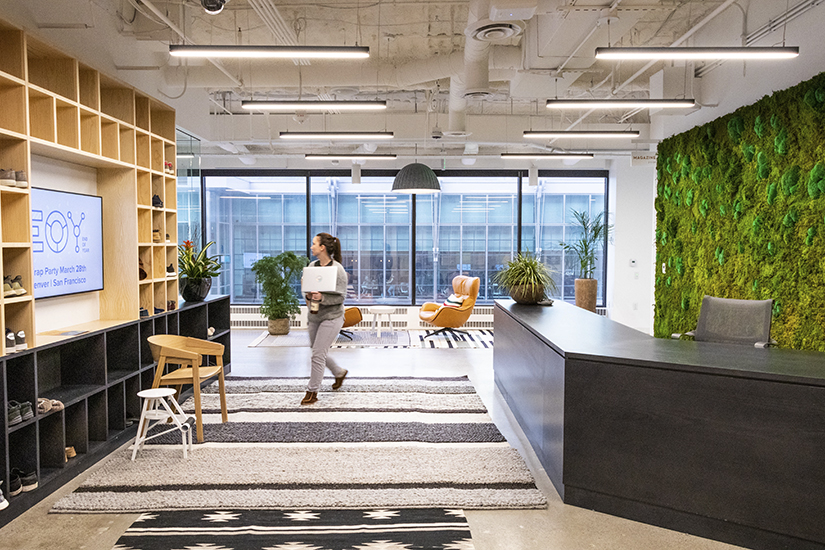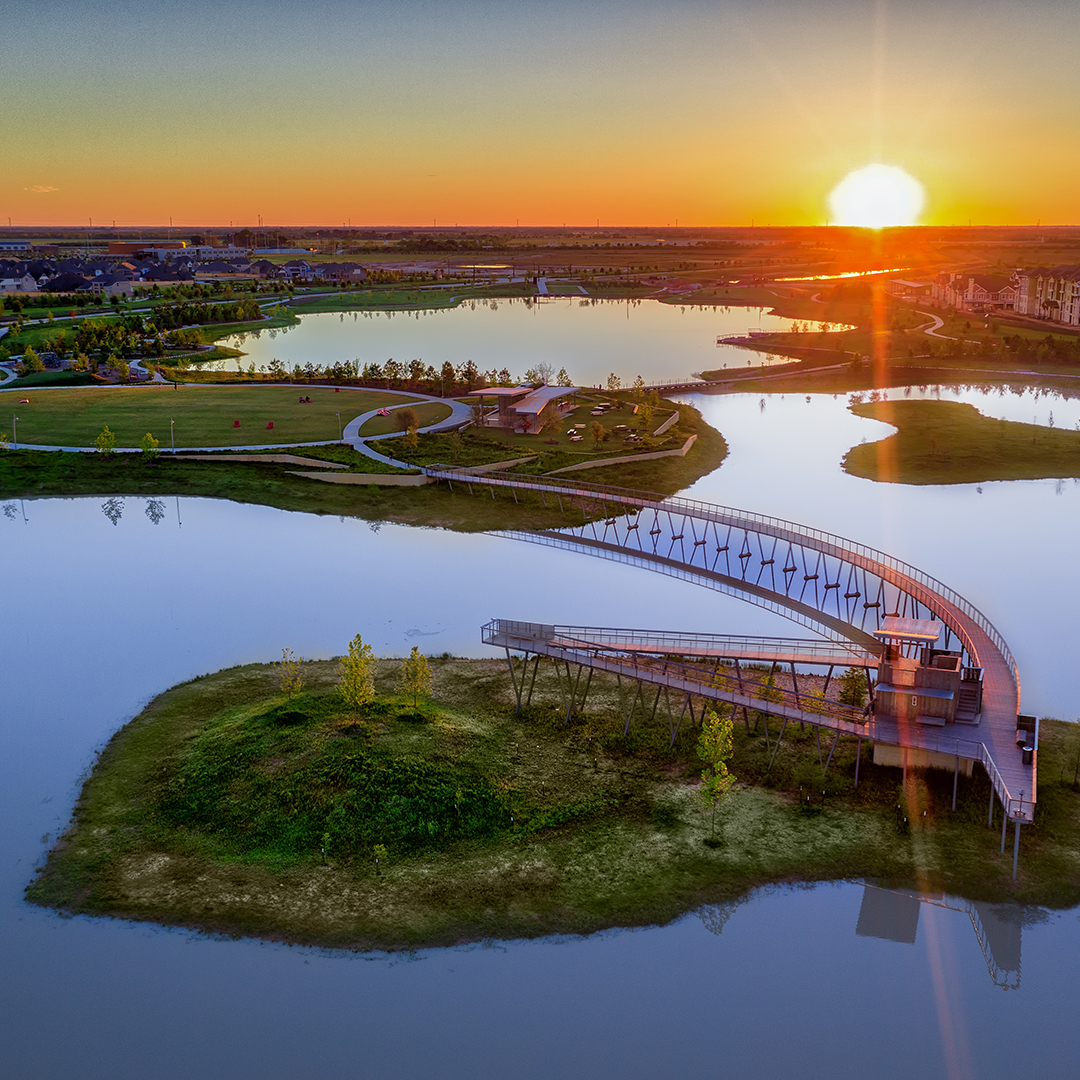|
Getting your Trinity Audio player ready...
|
Ian Young has only been at San Francisco-based Gusto for a year, but he’s impacted each and every employee at their 50,000 square-foot company headquarters. The massive space answers the pertinent question: how can a former Union Iron Works machine shop where massive ships had been repaired since the Spanish-American War of 1898 feel like home to a people-forward human resource management software company?

Young was part of the Gensler design team responsible for the space’s brilliant mashup up worlds, and now he’s come across the aisle as Gusto head of build-outs. Perhaps the most amazing part isn’t that Young has transitioned from nearly 20 years of architecture to a fundamentally different career. It’s that his new job can be traced back to overhearing a meeting he wasn’t initially part of.
Gensler had been included as one of a few firms vying for the chance to build Gusto’s new headquarters. Young had been kept more than busy building out Instagram’s, among others, new offices. “Nobody thought to throw me on that team, probably because I seemed a little preoccupied with other projects,” Young says.
But one day Young was walking by a meeting and was overtaken by photos of a former shipyard building located at Pier 70 in the Dogpatch neighborhood of San Francisco. “They really arrested me,” Young says. “I sort of imposed on their meeting, asking them to tell me all about it.”
Young had spent considerable portions of his architecture career doing adaptive reuse of historic buildings, and his expertise would lend perfectly with the project. He was added to the team.

The resulting design and build-out is essentially a new interior inside a brilliantly preserved historic exterior, executed by the landlord’s core and shell architect. Relics of the iron works hang freely from the ceiling and cohabitate with furniture that might otherwise be found in a home. A giant “living room” serves as a utilitarian meeting space for employees and a coming-together point that serves as a cultural hearth for the massive area.
What’s more, the cozy culture of Gusto is aided by a shoes-off policy at the door, large cubbies act as shoe receptacles until employees and guests head out for the day. The offices are truly underserved by description.
Through the successful build-out of Gusto’s San Francisco offices to further designs of the company’s Denver location, Young was eventually summoned to Gusto to take on the new role. “Once you’ve become the owner, everything changes,” Young says. “It’s like a post-occupancy evaluation every single day.” Young is also tasked with collaborating with what architects, sort of like a conversation with a former version of himself.
“I have different relationships with the builders now as well as with the architects,” Young says. “I remember that part of the architect’s job is to challenge the client and to make sure I’m open to that innovative thinking while still finding ways to align our needs, our budget, and our schedule.”

A lesson from a former instructor has stayed with the designer-turned-facilities head all of these years. “An architect needs to realize that they neither pay for, build, nor live in the spaces they create,” Young remembers. “Now I’m on that side of the fence where I’m doing all three.”
Young’s move to Gusto after years of designing both public and private spaces may seem more dramatic if it didn’t fit in so well with his history of stepping outside of his comfort zone. Early on his journey, Young worked as a carpenter, an ink and paint specialist in an animation studio, and other creative endeavors while finding his footing. As an architect, Young’s first full-time job was with a firm that did both architecture and structural engineering. The need to learn and to stretch was essential, but just felt natural for Young.
The architect would also spend extensive time designing public spaces including the mammoth gutting and rebuild of the Eastbay Center for the Performing Arts in Richmond, California. Each step has provided a new challenge, a new perspective, and an evolving set of clients that have forced Young to grow and operate outside a widening circle of expertise.
Now at Gusto, Young says he’s motivated by the company’s simple and meaningful mission, to relieve the stress of growing a small business so that entrepreneurs and those with big ideas can tend to the mission that inspired them in the first place.
“I’m now serving employees whose job it is to make life easier for small businesses,” Young says. “That feels like a noble mission to be part of.”
Designing a Better Future
Ian Young has 20 years of building to reflect on, and that includes a sizable amount of work for nonprofits. While at Gensler, Young was part of a team that helped design and coordinate the building of 826 Valencia Tenderloin outpost, a creative reading and writing nonprofit launched by writer Dave Eggers. Young and his family also volunteered for Project Open Hand, and Young’s wife Maren participated in—and won—the 10K Giant Race sponsored by the San Francisco Giants and Project Open Hand.


